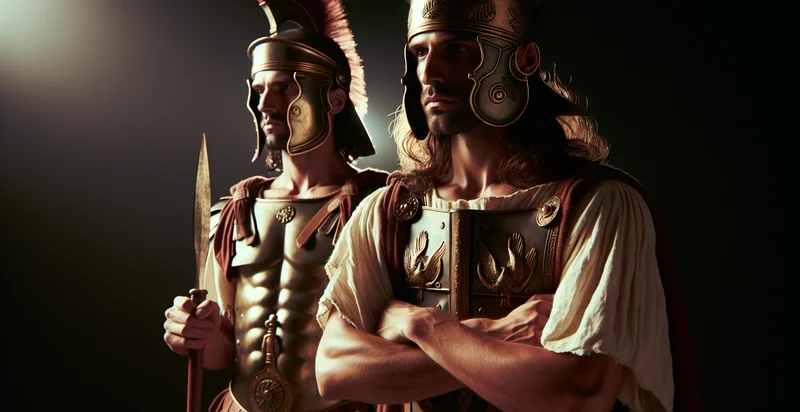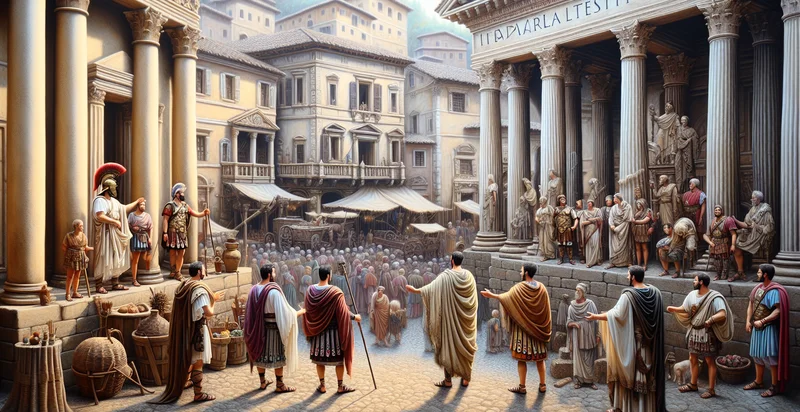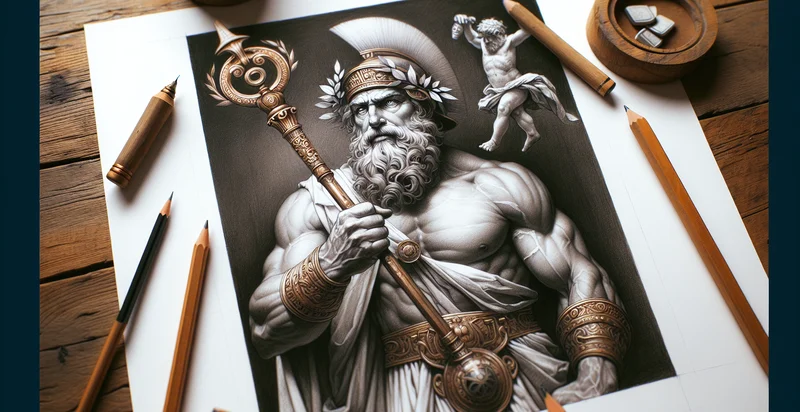Identify roman hero by picture
using AI
Below is a free classifier to identify roman hero by picture. Just upload your image, and our AI will predict what type of Roman hero it depicts - in just seconds.

Contact us for API access
Or, use Nyckel to build highly-accurate custom classifiers in just minutes. No PhD required.
Get started
import nyckel
credentials = nyckel.Credentials("YOUR_CLIENT_ID", "YOUR_CLIENT_SECRET")
nyckel.invoke("roman-hero-by-picture", "your_image_url", credentials)
fetch('https://www.nyckel.com/v1/functions/roman-hero-by-picture/invoke', {
method: 'POST',
headers: {
'Authorization': 'Bearer ' + 'YOUR_BEARER_TOKEN',
'Content-Type': 'application/json',
},
body: JSON.stringify(
{"data": "your_image_url"}
)
})
.then(response => response.json())
.then(data => console.log(data));
curl -X POST \
-H "Content-Type: application/json" \
-H "Authorization: Bearer YOUR_BEARER_TOKEN" \
-d '{"data": "your_image_url"}' \
https://www.nyckel.com/v1/functions/roman-hero-by-picture/invoke
How this classifier works
To start, upload your image. Our AI tool will then predict what type of Roman hero it depicts.
This pretrained image model uses a Nyckel-created dataset and has 25 labels, including Achilles, Aeneas, Apollo, Bacchus, Caesar, Ceres, Demeter, Diana, Hades and Hephaestus.
We'll also show a confidence score (the higher the number, the more confident the AI model is around what type of Roman hero it depicts).
Whether you're just curious or building roman hero by picture detection into your application, we hope our classifier proves helpful.
Related Classifiers
Need to identify roman hero by picture at scale?
Get API or Zapier access to this classifier for free. It's perfect for:
- Historical Art Authentication: This function can be used by museums and art galleries to authenticate artworks depicting Roman heroes. By analyzing images, institutions can verify the accuracy of attributions and enhance the provenance of artworks, thereby preventing forgeries and misinformation.
- Educational Tools for History Classes: Educators can utilize the image identification function to engage students in lessons about Roman history and legendary figures. By providing students with a way to classify images of Roman heroes, it aids in learning through visual aids and interactive discussions.
- Content Moderation for Social Media: Social media platforms can implement the false image classification function to identify and flag misleading or false representations of Roman heroes in user-generated content. This helps maintain the integrity of historical discussions and prevents the spread of misinformation.
- Marketing and Branding for Historical Fiction: Authors and publishers of historical novels or films can use the function to find and classify imagery associated with Roman heroes for promotional purposes. This ensures that the visuals used in marketing materials resonate with the intended themes and historical contexts, enhancing audience engagement.
- Game Development and Character Design: Video game developers can use this image identification function to create authentic character designs based on Roman heroes. By ensuring accurate representations in their games, developers can enrich the gaming experience and attract history enthusiasts.
- Research in Classical Studies: Researchers in fields such as archaeology and classical studies can utilize the identifier to streamline their work. By quickly classifying images associated with Roman mythology and history, they can enhance their studies and draw connections between visual representations and historical texts.
- E-commerce and Merchandise Verification: Online retailers selling products related to Roman history can use the function to verify the authenticity of imagery used in their listings. This aids in building customer trust by ensuring that products accurately represent historical figures, thereby increasing sales in niche markets.


